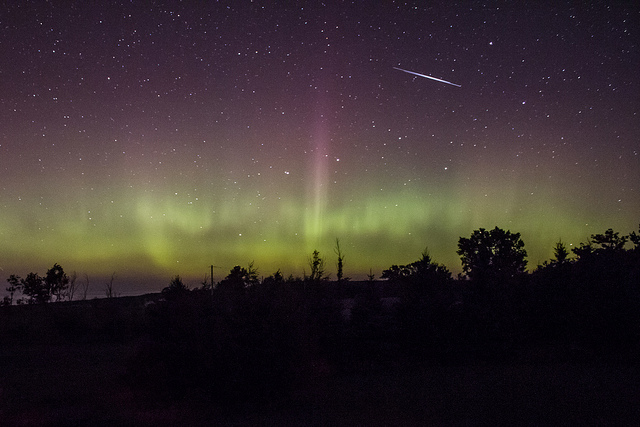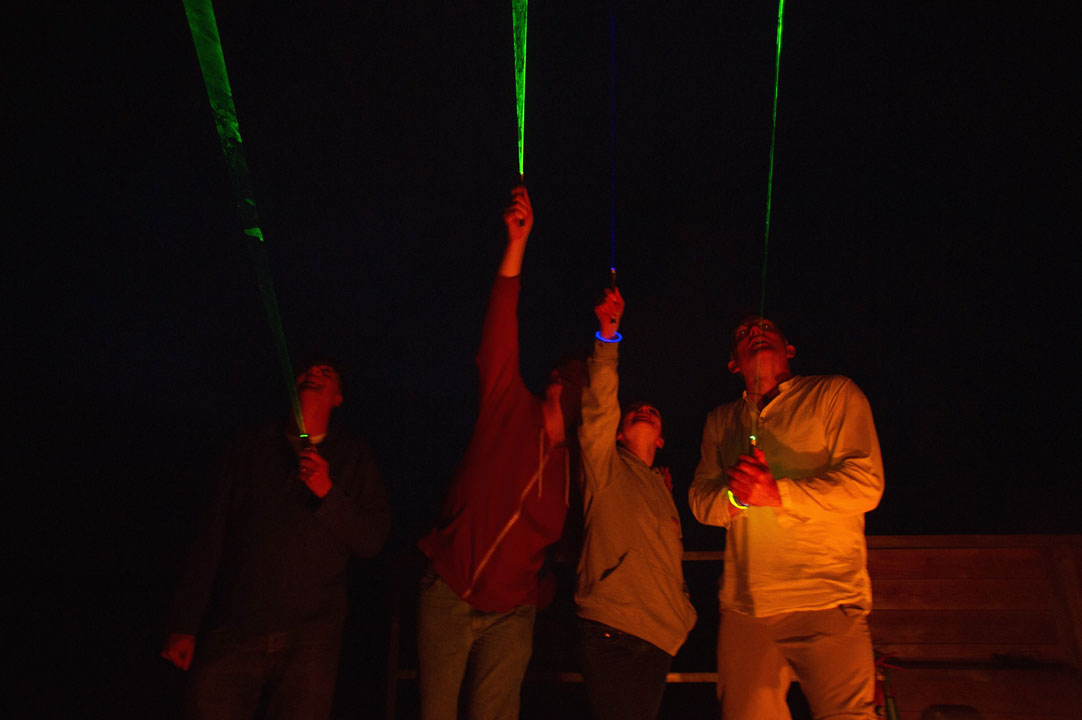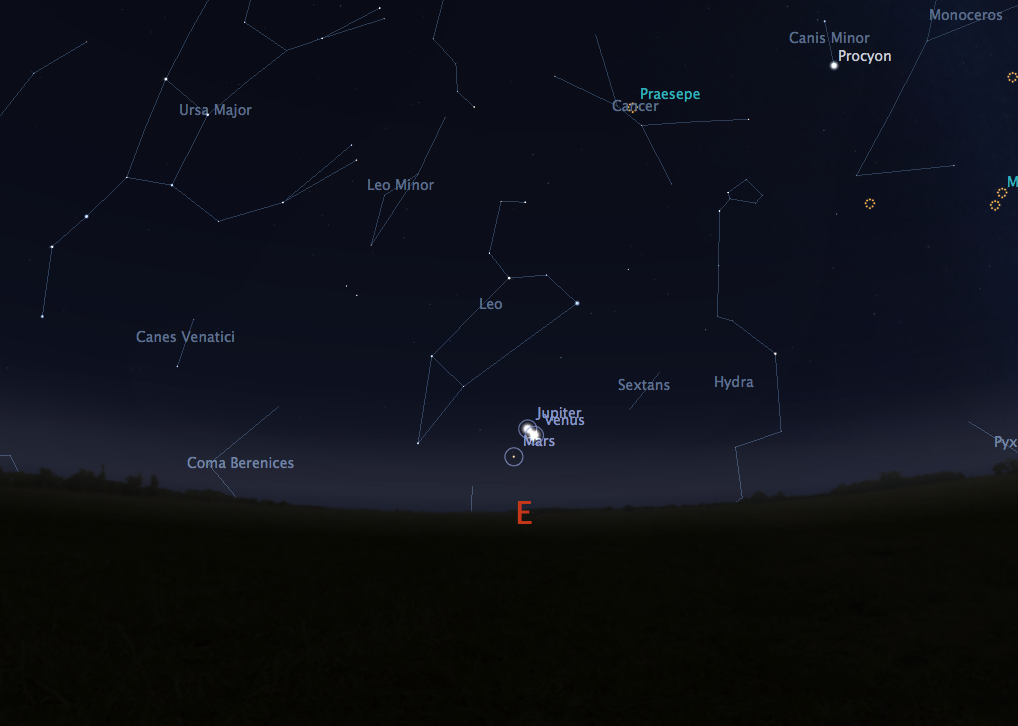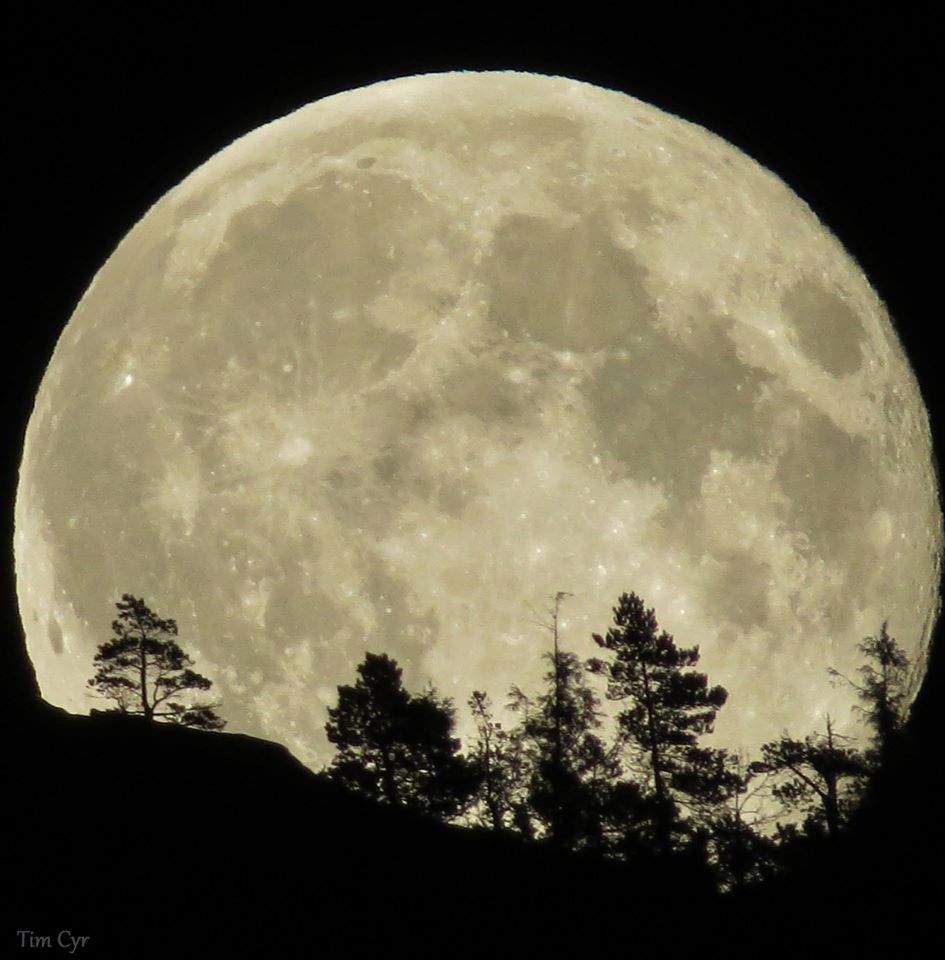Summer’s over and, while we gave you some fun things to do before it ended, here are a few fun and free science things to do this fall.

Dancing planets (October/November)
The end of October is a great month for catching the planets as they dance across our sky.
Venus, Jupiter and Mars will all be visible in the early morning sky during the month of October.
On Oct. 18 around 4 a.m. EDT, Jupiter and Mars will extremely close together — less than a degree apart (one degree is about the width of your pinky held at arms’ length).
READ MORE: 7 astronomical events you don’t want to miss in 2015
But the show doesn’t end there.
Venus — the brightest of the trio — isn’t far behind. And as the days progress, the three do their dance in the sky, getting ever nearer.
On Oct. 22, the trio are all lined up. And on the morning of the 26th, the two brightest planets — Venus and Jupiter –also end up being less than a degree apart.
Then, on Nov. 2 and 3, Mars and Venus join in the sky. Though not as spectacular a show due to the low brightness of Mars, it’s still a show.
You can bring out the binoculars and take a look at the planets as they converge in the sky, or you can just step outside and enjoy them without. Either way, it’s sure to be a beautiful view.
‘Super moon’ (Oct. 27)
There has been a recent “super moon” craze over the past few years, so we would be remiss in not pointing out that this is the final one of the year.
The definition of a “super moon” is when the full moon occurs during the point when the moon is at its closest point in its monthly orbit, called its perigee (apogee is when it’s at its farthest).

Get breaking National news
On Oct. 27 the full moon will be just 23 hours away from being at perigee.
While technically the moon will be closer, as with any “super moon,” the difference will be difficult to tell. But, if you want to see a fantastic optical illusion and take advantage of the small size difference, try to see the moon as it rises: it always looks enormous and beautiful.
Leonid meteor shower (November)
Fall brings us two somewhat major meteor showers.
First there’s the Leonids. Now, this shower isn’t as impressive as, say, August’s Perseid shower that produces around 100 meteors an hour, but still, it’s a great chance to be outside in the crisp air and catch a couple of “shooting stars.”
We get meteor showers as we pass through the debris left over from a passing comet. As the particles enter our atmosphere, they burn up, producing lovely streaks across the sky.
The Leonids have put on shows (think hundreds of streaks an hour) in 1833, 1866, 1966, and 2001 when Earth passed through some of the thickest part of the debris from Comet 55P/Tempel-Tuttle. However, since then, the shows have been somewhat less impressive. Now we can expect about 15 an hour with some brief outbursts.
The best way of viewing any meteor shower is to try to get to a dark location in the early morning hours of Nov. 17-18 and look to the east (but overhead is best, of course). It’s always best right before dawn, but you can try to head out any time after midnight to see some early stragglers. Also, try to get out beforehand as the shower is active from Nov. 5 to Nov. 30. You might get a surprise or two.
Geminid meteor shower (December)
The Geminid meteor shower is the most active shower we get. However, because it occurs in the chilly last days of fall, it isn’t quite as popular as the Perseids which occur in the warm month of August.
You can expect to see about 120 meteors an hour during the peak which occurs on the night of Dec. 13-14. But the shower runs from Dec. 4 to 16, so try to head up in the days leading up to the peak.
Satellite and space station spotting
Okay, this might sound like an odd one, but it can be a lot of fun.
Ever since we launched the first rocket to space, we humans have been littering our nearby space. We have leftover rockets, space junk and more floating out there. And of course we have plenty of satellites.
It’s fairly easy to spot a satellite. As opposed to a plane, there are no blinking lights. Satellites also move slower than planes and in a consistent line. You might even see them fade away. Don’t worry: that’s no UFO, just a satellite.
Two fun things to do when satellite spotting is to look out for Iridium flares and, of course, the International Space Station (ISS).
Iridium flares can be quite spectacular to see. These flares are a result of sunlight reflecting off the solar panels of Iridium satellites, a group of about 100 satellites built by the company Iridium LLC which later went bankrupt (today the U.S. Department of Defense and Federal Emergency Management Agency is one of the principle users of the communications network).

What makes them stand out is that they slowly grow bright as they travel across the sky and then fade away.
And then there’s spotting the space station.
The ISS isn’t always visible crossing the sky. In order to find out if it’s visible in your area, you can visit heavens-above.com which allows you to put in your observing location. It will spit out visible satellites, including Iridium flares and space station passings.
Watching the space station pass can be a humbling experience when you stop to consider that six human beings are up there, working and living just inches away from a deadly environment.






Comments